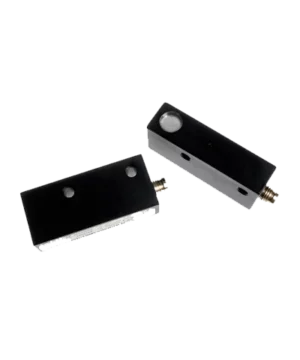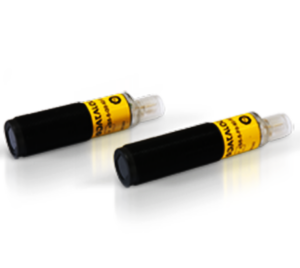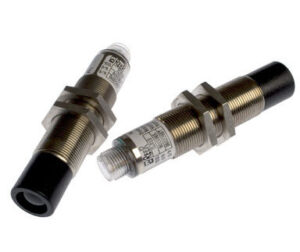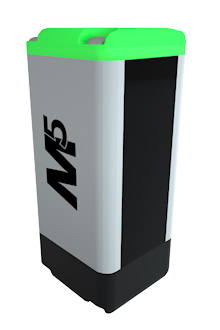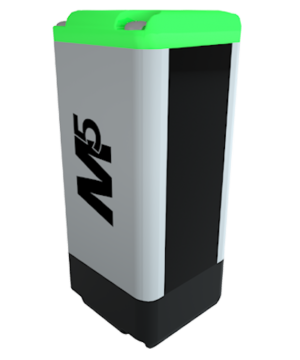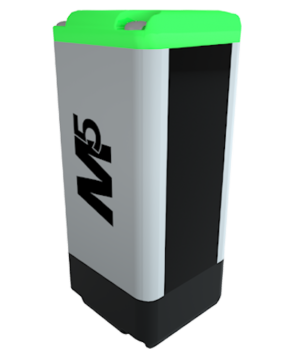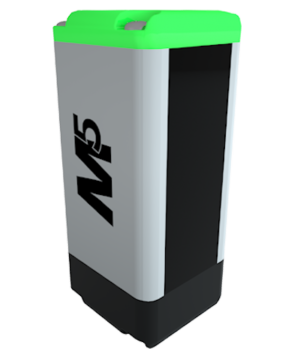Photocells are sensors that detect light levels and use this data to control electrical devices or systems. These devices are commonly used in applications like…
Photocells are sensors that detect light levels and use this data to control electrical devices or systems. These devices are commonly used in applications like automatic lighting control, security systems, and energy-saving mechanisms. Photocells typically operate by sensing the amount of ambient light and activating or deactivating a connected device based on predefined light thresholds. They play a critical role in applications where automatic, light-responsive control is needed, such as in street lighting, outdoor security lights, or photovoltaic systems.
Key Features:
- Automatic Light Sensing
Photocells detect changes in light intensity and automatically adjust systems like lighting based on natural light levels. - Energy Efficient
Helps reduce energy consumption by ensuring lights or devices are only on when needed, such as at night or in low-light conditions. - Flexible Applications
Used in a wide range of systems including outdoor lighting, street lamps, garden lights, and security cameras. - Reliable and Durable
Designed to withstand harsh environmental conditions such as temperature fluctuations, rain, and exposure to dust or pollutants. - Simple Integration
Easily integrates into existing systems for automatic on/off control, making it a convenient solution for energy-saving and automation.
Applications:
- Street and Outdoor Lighting
Ensures streetlights and outdoor lighting automatically turn on at dusk and off at dawn, conserving energy when not in use. - Building Automation Systems
Controls lighting and HVAC systems by adjusting based on the presence of natural light, improving energy efficiency. - Security Systems
Photocells are used in security lights that automatically activate when they detect low light or motion. - Solar Power Systems
In photovoltaic systems, photocells help control the operation of solar-powered devices based on the available sunlight.
Photocells provide an intelligent, energy-efficient solution for automating systems that respond to light levels, helping to reduce energy usage and increase system longevity.
Broader integration with Safety & Automation Systems
In modern industrial environments, photocells, if used in a safety-related role, would be only one part of an integrated safety architecture. These systems will work in tandem with various critical components such as safety PLCs, safety contactors or safety light curtains (including muting light curtains) to ensure real-time hazard detection and safe machine shutdown. Common peripheral safety devices like the emergency stop button, two hand station, and emergency stop rope pull are all effectively managed by the safety PLC’s logic structure.
Advanced installations frequently incorporate safety relays, safety non-contact switches, RFID switches, mechanical interlock switches, and solenoid locking switches—each adding specific protective functions to the machinery. To maintain continuous system health, engineers also deploy standstill monitors, speed monitors, soft starters, and reversing contactors within their automation frameworks. For measuring the product itself, solutions such as measurement light curtains can be integrated.
Beyond motion and logic safety, electrical condition monitoring is equally essential. Devices like insulation monitors, battery monitors, current monitors, voltage monitoring relays, phase sequence relays, undervoltage relays, and undercurrent monitoring relays are often integrated to detect anomalies in power flow or equipment performance, with this data displayable on HMI Touch Panels or similar systems. To support reliable operation, high-quality power relays and regulated power supplies are essential.


